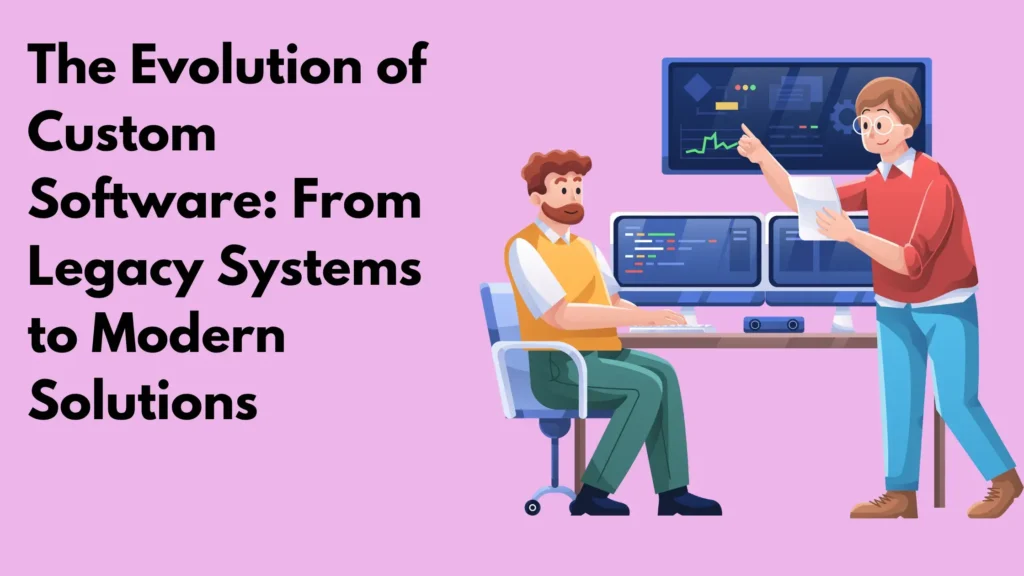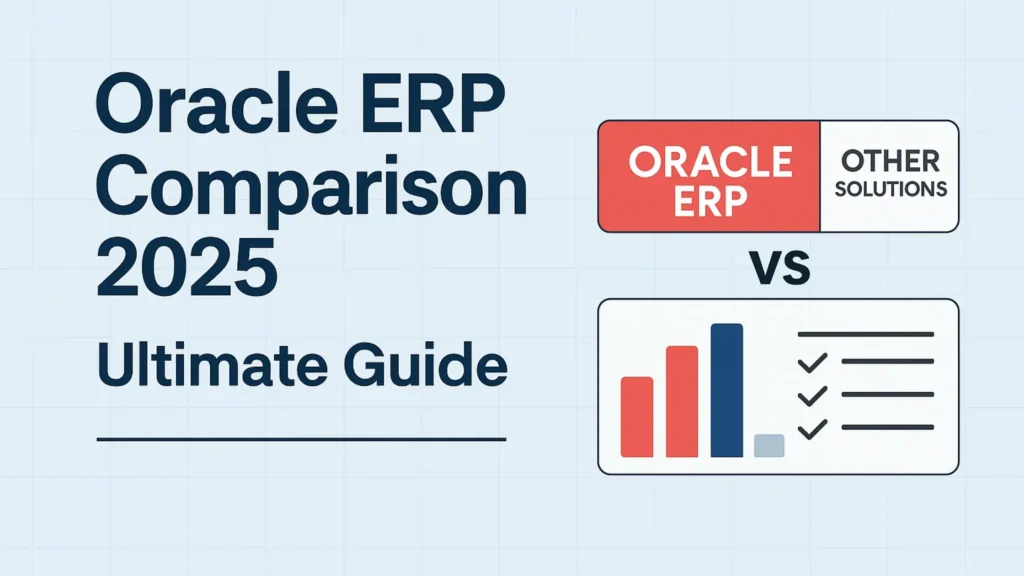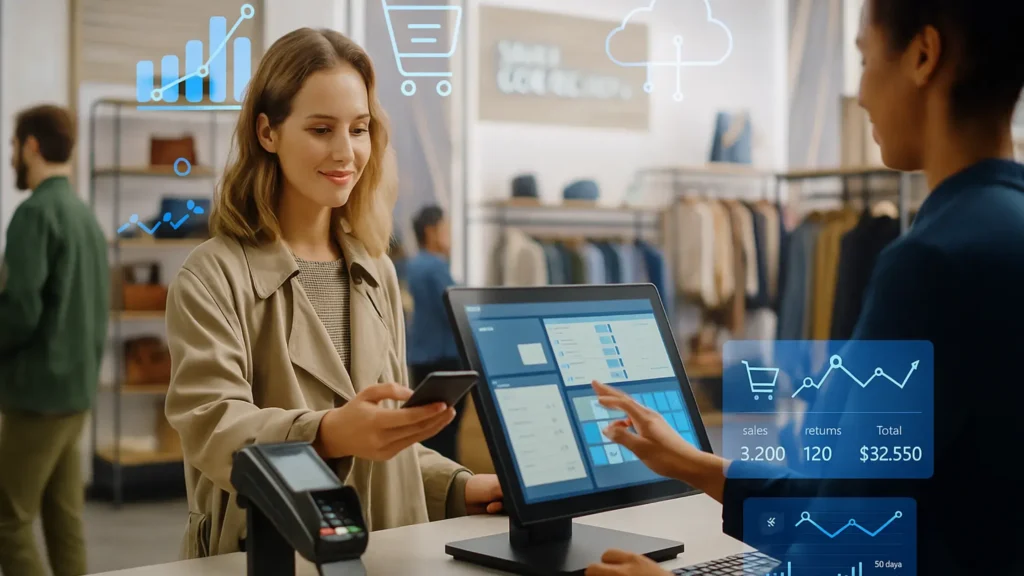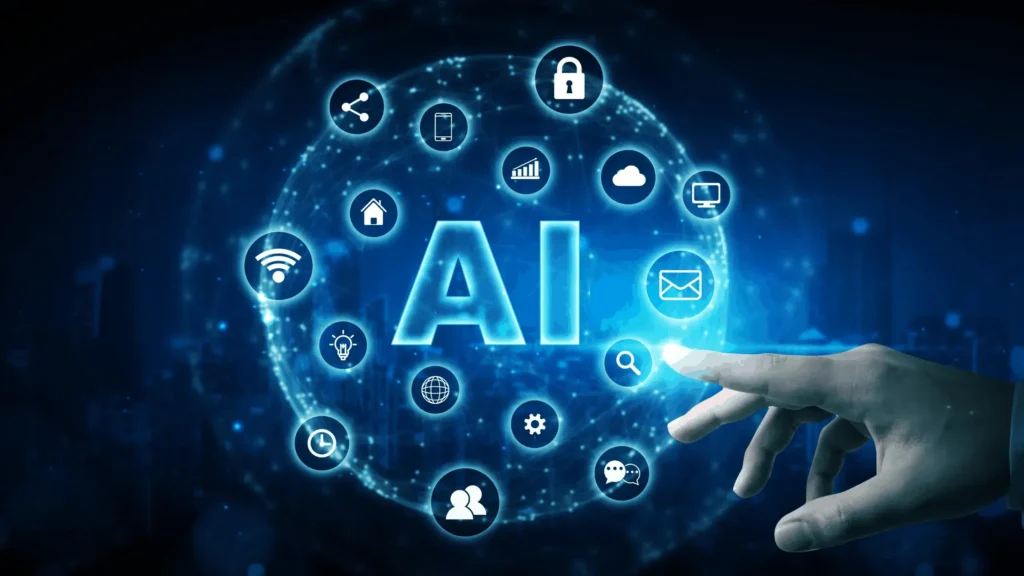Legacy systems are the backbone of most enterprise businesses. They often have to run on outdated hardware and software, making managing and maintaining them challenging. Many companies have decided to modernize their legacy systems to remain competitive in today’s digital economy. In this article, we’ll explore some ways legacy systems can be updated or transformed to stay relevant for years to come.
Legacy systems modernization
A legacy system is an outdated software program no longer supported by its developer and cannot be updated to work with newer technology. Legacy systems are often found in large organizations like banks, hospitals, and government agencies.
Why Modernize?
Modernization can improve your business processes by reducing costs and improving efficiency through modern technologies (such as cloud computing). It can also help you prevent security breaches by updating outdated software with more secure versions that protect against cyber attacks. Modernizing legacy systems may require changing data formats or migrating information from one database to another; however, this can be done without affecting existing applications or user interfaces (UI).
Modernizing legacy systems can help you avoid outages, security breaches, and other problems resulting from outdated software. It can also reduce costs by enabling you to use newer technology that requires fewer IT resources than older versions of the same software.
Modern software architecture
Modern software architecture is a critical component of custom software development. It’s based on current software development practices, tools, languages, and methodologies.
Modern architecture is not just about designing an application’s internal structure; it also encompasses scalability and performance optimization. Current architectures are designed with sustainability in mind–they’re built to last over time as your business evolves by anticipating future requirements and changes in technology or market conditions.
Modern software architecture is designed with sustainability in mind. It’s built to last over time as your business evolves by anticipating future requirements and changes in technology or market conditions.
Legacy system migration
Migrations can be done in-house or by a third party, and they can use various methods. Cloud-based solutions are becoming more popular as companies seek ways to reduce costs and improve efficiency.
The cloud is an excellent solution for many businesses, but there are better fits for everyone. If your company needs to store sensitive data or if you want to keep control of your servers, then onsite data conversion may be the best option.
The benefits of cloud-based data conversion include: -Convenience. Cloud solutions are easy to set up and use, so you don’t need to hire a specialist or buy expensive equipment. You can log in and start converting your data. -Cost-effectiveness. Cloud solutions are usually cheaper than onsite data conversion because they eliminate the need for servers and other hardware.
-Efficiency. Cloud solutions are also more efficient because they allow you to access your data remotely without traveling to a central location. -Security. Cloud solutions are secure, so your sensitive data is less likely to be stolen or lost.
Software innovation
Software innovation is the key to a successful software development project. “software innovation” refers to new ways of doing things with technology. It’s about using technology to achieve business goals, whether finding new products and services or creating new ways of working internally.
It may seem like this should be obvious, but it’s worth noting that not every software project includes some form of innovation, and those that do often don’t clarify what they mean by “innovation.”
We see this a lot in the world of software development. We talk about innovation but only sometimes know what it means or how to achieve it.
The good news is you can be something other than an innovator to be successful. But you’ll increase your chances of success by understanding what innovation means and how it can help your business.
Digital transformation
Digital transformation is a broad term that describes updating or replacing existing technologies with new ones that are more efficient and effective and provide better customer experiences. Digital transformation can be applied to any business process, from customer service to sales to HR.
The evolution of custom software over time and how digital transformation has changed it even more in recent years.
The following slide illustrates the evolution of custom software over time. Remember that this is a general timeline; some companies may have used specific technologies longer than others.
The first stage of custom software development was legacy systems or mainframe computers. This was when most companies relied on mainframes and punch cards to run their businesses. The second stage was the introduction of client-server computing, which allowed companies to move their data off those mainframes and onto desktop computers that users could access via dial-up modems.
Enterprise software solutions
Enterprise software solutions are the latest trend in the technology industry. Large companies use these systems to improve their business processes and simplify operations, resulting in increased efficiency. Enterprise software solutions can improve customer service, streamline operations, and reduce costs.
Enterprise software solutions often help companies modernize legacy systems by replacing them with modern technology that is easier to use and more effective at meeting business goals.
Enterprise software solutions are designed to meet the needs of large organizations with complex business processes. These systems enable companies to manage various operations, including human resources, finance, sales, and marketing.
Enterprise software solutions are also used to improve customer service. These systems can be used to streamline operations and reduce costs by helping companies manage data and track the performance of employees. Companies can use these systems to manage inventory, sales orders, payments, and other aspects of their business.
Ways that legacy systems are being modernized.
There are many ways that legacy systems are being modernized, migrated, and transformed. Learn more about some of them in this article.
- The list of companies that have successfully modernized their legacy systems is long and growing: Google, Microsoft, Facebook, and Apple all have done it, and so have many others.
- Software solutions such as SAP HANA allow for rapid development by providing an application platform that supports traditional business applications and new cloud-based services. This enables organizations to build new capabilities quickly while leveraging existing skill and technology investments (hardware).
It’s true: you can’t stop progress. But you can still stay caught up. The good news is that there are many ways to modernize and keep your legacy systems up-to-date. We’ve compiled a list of some of the most common approaches companies take when looking to transform their IT environments, and they don’t even involve rewrites or total overhauls.
Conclusion
The evolution of custom software is happening right now, and it’s essential to stay up to date with the latest trends in the industry. Legacy systems are being modernized, migrated, and transformed in many different ways, some of which we’ve covered here. If you want to learn more about how your organization can benefit from these solutions, contact us today!
Are we looking to shape your business through Legacy Systems to Modern Solutions? Everite Solutions specializes in helping companies to strategize and achieve their goals. Our expert team of consultants can guide you in leveraging the power of custom software to shape your business roadmap effectively.
Visit our website, www.everitesolutions.com, to learn more about our custom software consulting services. Contact us at email id info@everitesolutions.com or our mobile number +1 404-835-1605 to schedule a consultation and discover how Everite can help shape your business’s future.







